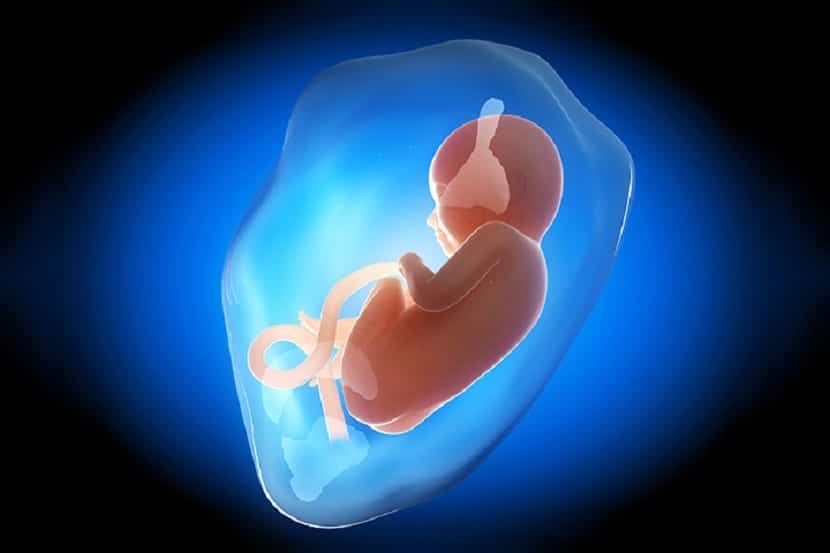
Pregnancy and everything around it is completely magical. It is curious to know how the incredible machine that is the body (in this case, the human body), is capable of creating life from simple cells. One of the most important elements of pregnancy is the placenta, an organ that is created naturally during pregnancy and is the most important bond between mother and fetus.
A part of the placenta is the amniotic sac, a kind of bag created by layers of tissue called ovular membranes. This sac will be the home of your baby throughout its gestation period, in it, it can grow and develop thanks to the nutrients and oxygen it will receive from the mother. In addition, it will remain protected from external agents, shocks and possible infections thanks to the amniotic fluid and ovular membranes.
Ovular membranes

In early pregnancy, the fiber layers that make up the ovular membranes are very small. But as the pregnancy progresses, they will grow and increase in volume until finally, they completely cover the embryo. Something that happens relatively quickly, during the first trimester of pregnancy.
These layers of tissue sand divided into two parts:
- Inner membrane: This part is called amnion, and is the one that contains amniotic fluid and therefore, the one that houses the fetus throughout the pregnancy.
- Outer membrane: It's the call chorion, is part of the placenta and the one that contains the amnion, that is, the inner membrane.
Both layers of ovular membranes are closely attached to each other and are made up of different types of cells. Both the amniotic fluid and the ovular membranes are essential for the development of the fetus, since they are responsible for the protection of the child. On the one hand, the amniotic fluid allows you to move and develop your body normally.
Besides keeping it warm since provides you with an adequate temperature throughout your pregnancy. And it also keeps it protected from blows and possible trauma that could be suffered as a result of the mother's movements.
The ovular membranes, in turn, protect the fetus and the amniotic fluid, since prevent microbes and other bacteria from the tract from reproducinguctive, access the amniotic sac.
Pregnancy complications: premature rupture of membranes

The fibers that form ovular membranes break down throughout pregnancy. Since it is an item with an expiration date, as the time of delivery approaches, the membranes that make up the amniotic sac will weaken until they break to release the amniotic fluid and then the baby.
One of the problems that can occur during pregnancy is, premature rupture of membranes. This complication involves the loss of amniotic fluid, which can be very dangerous for the fetus, depending on the week of gestation in which this problem occurs. In addition to being a dangerous source of infection, it means that the fetus does not receive the nutrients and oxygen it needs to grow and survive until delivery.
However, although premature rupture of membranes can be dangerous, in most cases everything develops relatively normally. If this happens between 34 and 37 weeks of gestation, the doctor may decide to advance the delivery to avoid infections and risks to the baby's health. In the event that the rupture occurs before week 34, the risks for the baby are important and different techniques will be used to try to lengthen the pregnancy for as long as possible.
In any case, it is very important that during your pregnancy you follow a varied and balanced diet and that you adopt healthy lifestyle habits. Stress, overexertion, inappropriate exercise or certain unhealthy lifestyle habits such as tobacco are risk factors.